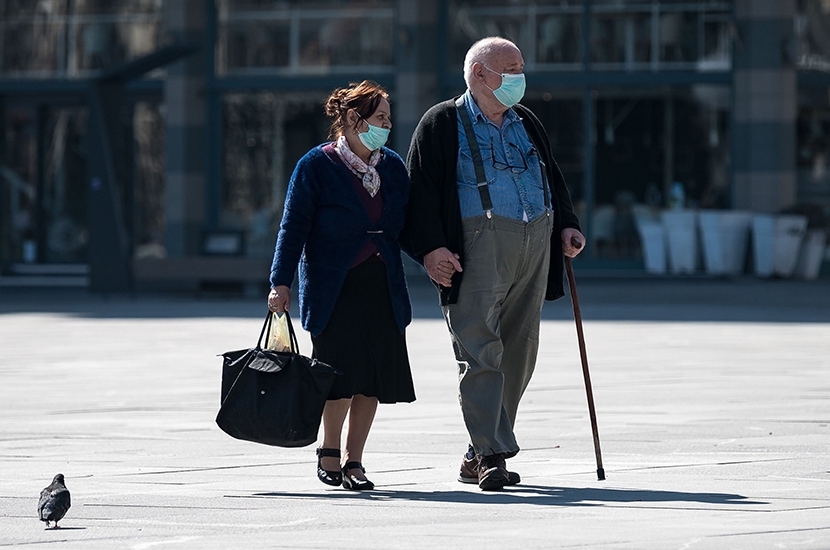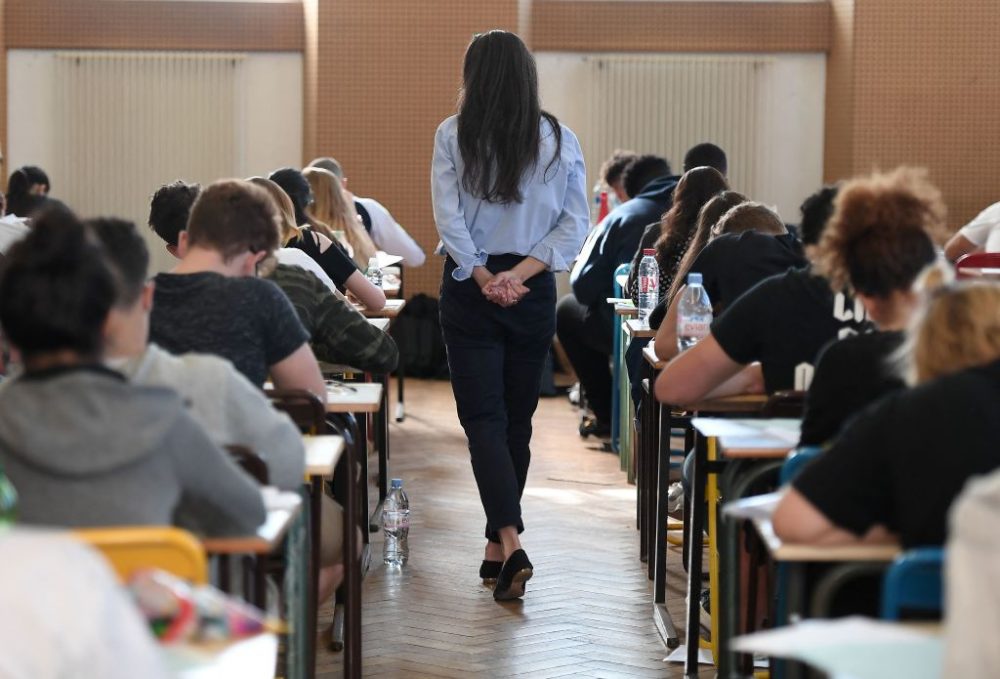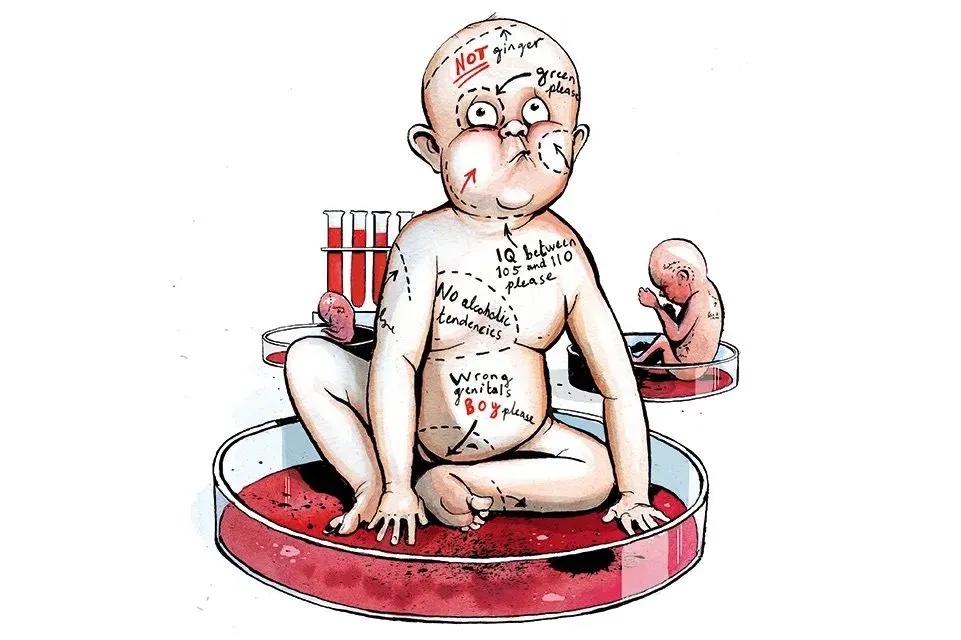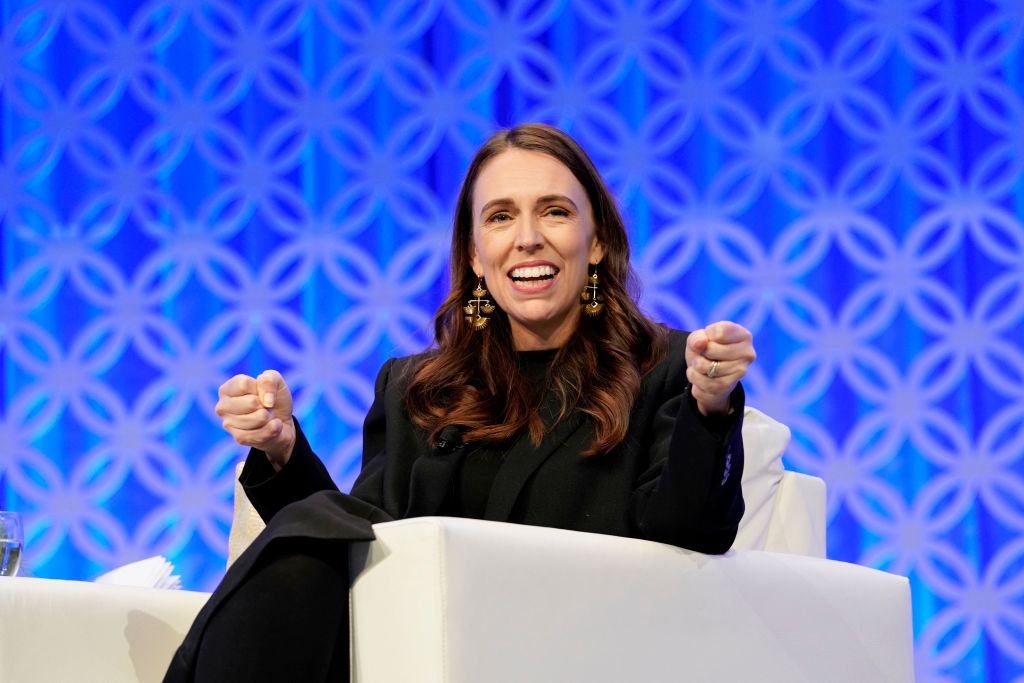The generational effect of the coronavirus is cunning and baffling. By often being so mild in the young and healthy it turns people into heedless carriers. By often being so lethal in the old and sick, it makes carriers into potential executioners of friends and neighbors.
The virus is very dangerous for people who have certain underlying illnesses, which is probably the main reason it is so serious for the elderly. It is almost as if it does not kill people by itself, just worsens other disorders. This is unlike flu, where children are as much at risk as old people. By contrast, in this case, young people in good health, even very young children, generally get such a mild coronavirus infection that they rarely have to seek treatment. An analysis of Chinese cases found that just 0.1 percent of children under the age of nine who caught the virus needed to go to hospital and only 5 percent of those needed critical care; just 0.002 percent died, compared with 9.3 percent of those over 80.
It is surely this pattern that is making the disease so difficult to stop. People are passing on COVID-19 before they feel unwell, perhaps without ever feeling sick. According to a study of 468 cases in China, where the source of infection could be traced, the average time between one person getting ill and the person he or she gives it to getting sick (the ‘serial interval’) is about four days, with 59 of the infectees getting sick even before the infector felt ill — a so-called negative interval. (This could have been, for example, a young person with no early symptoms giving it to an older person.)
That serial interval is half as long as Sars, and signals how contagious Covid-19 is. In the absence of social distancing, the average person gives the disease to about three people, twice as many as flu. In short, the evil genius of this virus is that it is creating an epidemic of rapid transmission without making most of its victims sick enough to stop getting out and about. That is why its lethality for a few is not such a problem for the germ itself: normally, a virus transmitted by coughing would have to evolve towards not killing people in order to keep going.
The relative invulnerability of the young probably explains the indifference of some people to the government’s increasingly desperate advice that people should keep a distance from each other. On Sunday evening, a television reporter interviewed fit young men using exercise bars in a London park in close proximity to others and frequently swapping equipment: an ideal recipe for spreading the virus. They were not bothered. ‘I thought, you know what,’ said one, ‘this is even better because I’ve got the fresh air.’ It had not dawned on him that he might pass on the virus while feeling fine.
Many younger people feel invincible anyway, but the horrible truth is that the data from the epidemic has made them more confident rather than less, apparently forgetting their risk as carriers, rather than victims, of the virus.
Typhoid Mary was a cook who moved from one rich employer to another in New York and Long Island, infecting seven households with typhoid between 1900 and 1907 before doctors traced her as the common cause of the infections. The key point is that she was in good health herself throughout. When confronted, she indignantly refused to submit stool samples for analysis, until eventually imprisoned for this refusal.
After three years she was released while promising not to work as a cook. Unhappy with the low wages of a laundress, she changed her name, resumed cooking and resumed causing typhoid. After a 1915 outbreak in a hospital for women in which 25 people fell ill and two died, Mary Mallon/Brown was again arrested and kept in quarantine for the rest of her life, refusing to have her gall bladder removed. When she died in 1938, an autopsy revealed a thriving colony of typhoid bacteria in her gall bladder. For some genetic reason they had not caused any symptoms in her.
I am not suggesting that people are being as deliberately irresponsible as Typhoid Mary, and of course people are infectious with the coronavirus for only a week or two, not a lifetime. But there is a disturbing echo here, in the crowds that turned up at parks, markets and shops last weekend, of her unwillingness to believe she could have been part of the problem.
There may be another reason too. This was articulated by the broadcaster Timandra Harkness on Twitter: ‘Is it tactless to suggest that people who have spent the past 20 years being told not to do anything fun because it’s bad for them may now be less receptive to urgent Public Health advice?’ Don’t drink! Don’t eat sugar! Don’t leave your home! The indifferent may not be very public-spirited, but they are not irrational. Most people’s chances of dying if they get the disease probably are very low. The case fatality rate overall is likely to be well below 1 percent. It seems much higher right now because most of those being tested are the people who have fallen ill enough to go to hospital. We all now know people who have caught the virus and are showing the symptoms — including that unusual feature of a loss of smell and taste — but have not been tested. And if you are under 70, then you are almost certain not to die unless you have a serious other condition.
Indeed, perhaps that is true if you are over 70 too. The elderly are increasingly plagued with ‘co-morbidities’ — the name for those who have several different things wrong with them, all being treated with separate drugs — and this is perhaps why they are succumbing to the virus. It may have nothing to do with age itself.
Thus, if we really could isolate those with underlying conditions from the rest of the society then everybody else could get the economy back to normal, push on through the epidemic to gain herd immunity. Schools could reopen, businesses get going again and the health service might cope. Once enough people were immune, they could care for those who are more vulnerable. But can that be done? How does a care home operate if some of the staff are spending time out in the rest of the world? Delivering post or shopping to a person with heart problems is itself a risk. Besides, the death of several doctors in Italy implies that the virus can still kill healthy people sometimes — though these individuals probably received much larger doses of the virus than most people would.
With luck a better choice may present itself: test and trace, as seems to have worked in South Korea. Once we have enough test kits, including a serological test to find those who have had it and are immune, then we can test enough people to identify and trace the contacts of every carrier, and we can surely turn the tide. But by then the health service might have been overwhelmed.
This article was originally published in
The Spectator’s UK magazine. Subscribe to the US edition here.

























